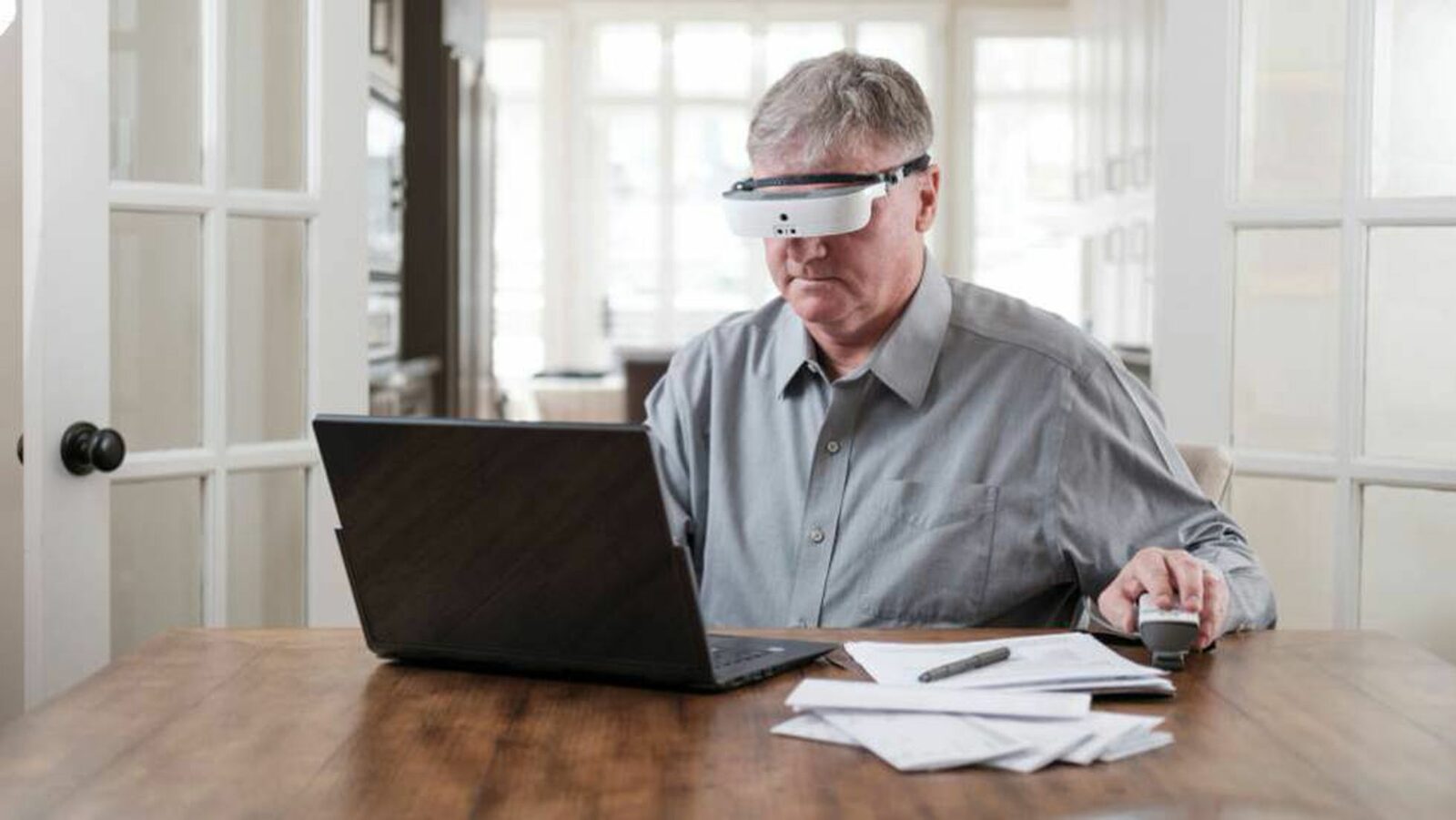Technological Advances in Optogenetics Achieve What Was Thought Impossible

Science and technology go hand in hand towards a great future for humanity, being applied in different areas of interest. Optogenetics is the result of combining both worlds, beginning to achieve what was initially believed impossible. Is it possible to return vision to those who are born without it?
Defining optogenetics: Do you know exactly what it is all about?
Talking about the term can be confusing or a beginner for the inexperienced, but it is one against that can be solved quickly. It is a cutting-edge technology whose objective is to reach the solution for those who have basic visual deficits.
The resulting advances to date have allowed the initiation of partially successful treatments in humans. From this, optogenetics can be considered as a science that is founded on three fundamental aspects:
Use of optical methods with laser or LED technology.
Combination with methods and genetic therapies for the use of exogenous photosensitive proteins.
Ability to generate an organic response that encodes these proteins.
Although it sounds like a futuristic type of therapeutic measure, it has actually been introduced since 2005. The contributions of Dr. Karl Deisseroth of Stanford University served as the first steps in the development of optogenetics.
What is your goal from the beginning?
Blindness is the end product of diseases and hereditary factors that deteriorate the quality of life of people. Fortunately, technological advances in optogenetics are beginning to accomplish the impossible.
The objective of this scientific and technological branch is to extract a type of exogenous protein that is considered photosensitive. In other words, it is capable of reacting to light stimuli and capturing light in particular.
But where do you get these organic components? Well, basically, a type of algae with light-sensitive properties.
Technically, the proteins extracted from this plant are "rhodopsins", also found in the human eye. Its function is to absorb light from outside and transform it into interpretable nervous electrical stimuli.
A fantastic fact: man partially regains his sight after 40 years
Optogenetic therapies have been developed to the point of initiating treatments in humans safely. On this occasion, a 58-year-old Frenchman with a diagnosis of retinitis pigmentosa has been favored.
As a result of the hereditary condition he suffers from, he has gradually lost his vision to date. But, by inoculating the previously mentioned photosensitive proteins, he is now living a true dream.
Retinitis pigmentosa is a pathology that impairs the primary functioning of the human eye.
Photoreceptors are a group of specialized cells (rods and rods) belonging to the eyeball, which are affected by the disease. Because of this, the end result is blindness with varying degrees of severity.
Effective treatment
By combining the injection that inoculates the photosensitive proteins from the aforementioned algae with specialized technological glasses, the treatment is complemented.
They have been designed in order to capture the amber spectrum light in order to offer a greater range of action for the individual.
The response of the human being to the execution of the experimental treatment was a complete success, allowing him to react partially to external stimuli.
In hindsight, it granted the ability to actively respond to ambient light without issue.
For its part, it is a great step for humanity in the search to solve these health problems. Being the first time that it has been applied effectively in a living person, such complete results were not expected on the first attempt.
Controversy associated with its activation
For protein inoculation to reach its potential, they need to be activated and encoded. According to several studies and certified conclusions, it is perpetuated as a result of the addition of an adenovirus as a vector.
The response triggers a variety of immunological and physiological processes until rhodopsins come into play. In essence, the journal Nature Medicine clarifies that when the functional apparatus of the eyeball fails, it needs to be replaced. Therefore, combining optogenetics with current technology, everything flowed favorably.
However, the controversy arises as a result of public opinion plus the implementation of the well-known “conspiracy theories”.
At first, there was talk of a technological science applied to the "neuro-field" for purposes of "washing" or "mind control".
In another vein, the appearance of the COVID-19 pandemic and the similarity of the treatment with a kind of vaccine, fueled the doubts.
For this reason, from the beginning it was considered a “trap” for those who are not exactly faithful to the immunization processes.
The absolute reality of the facts
The truth is that, thanks to technology and constant scientific advances, the first mentioned French patient meant a great result. In addition to the return to relative normality after the pandemic due to the vaccination plan, they will soon select more prospects.
According to the expert opinion of the Director of a research division at the Sorbonne University, José-Alain Sahel, the project is on the right track.
Sahel said that within the planning is the selection of 15 new individuals with problems associated with blindness.
Each one of them will be specifically taken from countries such as France, the United Kingdom, and the United States as such. Initially it was the goal set, but different technical and health imbalances due to the appearance of COVID-19, prevented progress.
As in the case of the 58-year-old French patient, the participants will have to undergo a period of between 5 and 7 months of special tests.
They must also adapt to the use of glasses specially designed for the project. With them plus gene therapy, they are expected to be able to touch, count, or locate targets on a table.
